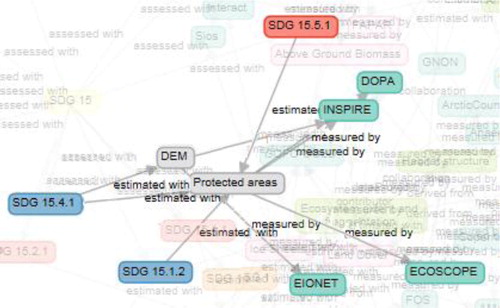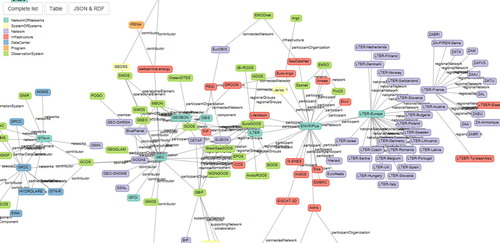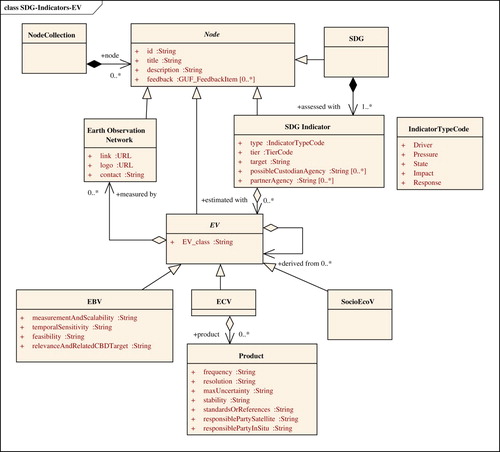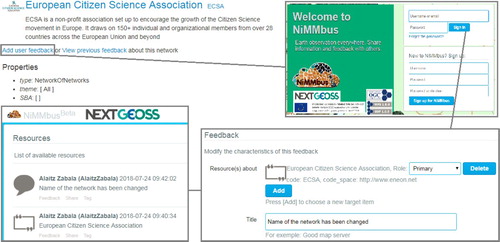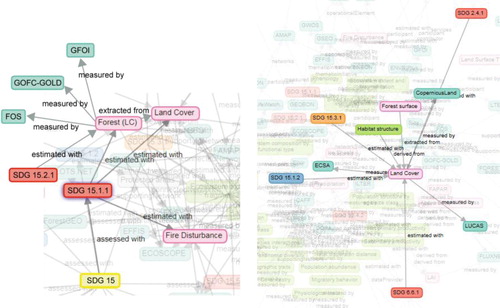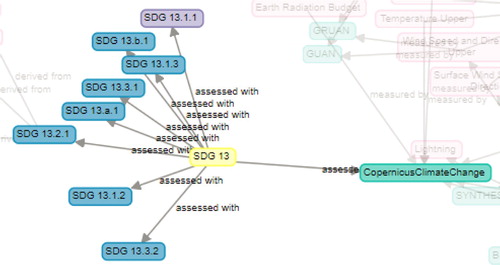Figures & data
Figure 1. Intersections between different sets of EVs. (Modified diagram initially from: GEOWOW-WP6-IOU-16.1.1).
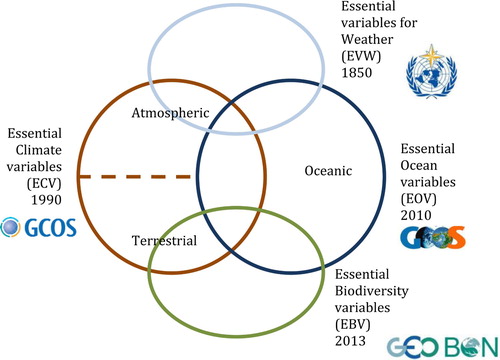
Figure 2. Essential variables are defined in a way that relevance (or impact), feasibility and cost-efficiency are maximized. (a) Specific ECVs example from Bojinski et al. Citation2014. (b) General example from Bombelli et al. Citation2016.

Figure 3. Classification of indicators in the DPSIR framework (modified version from in Mace and Baillie Citation2007).
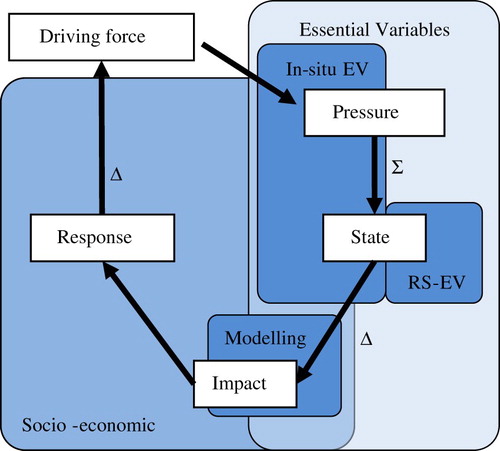
Figure 4. Essential variables in the context of the information needed to obtain measurable indicator values (modified version from Pereira et al. Citation2013 Fig. S1).
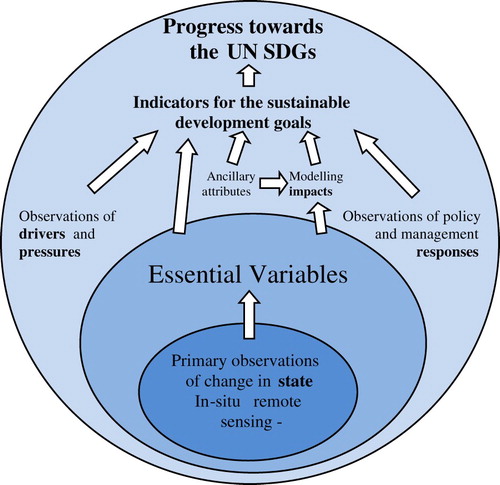
Figure 7. The graph that links SDGs, indicators (classified following the DPSIR framework), EVs and EO networks.
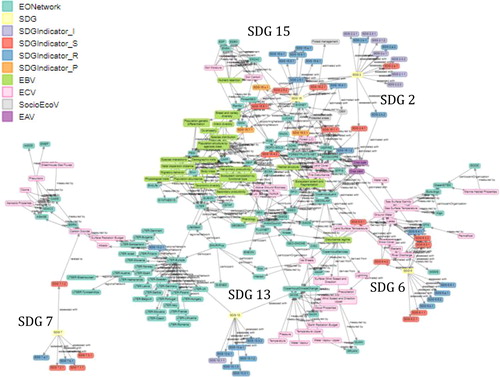
Table 1. SDG indicators classification following the DPSIR framework done in this study.
Figure 9. SDG15 indicators classified as pressures (in red), status (in orange) and responses (in blue).
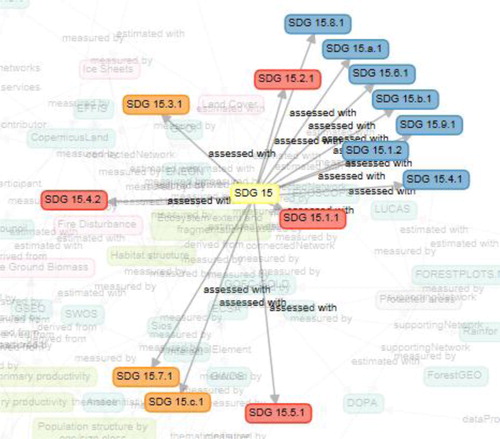
Table 2. EBV and its connection with SDG15 indicators.
Figure 11. In some cases, there is a need for introducing some socioeconomic variables (in grey) as a filter, such as protected areas or DEM.
